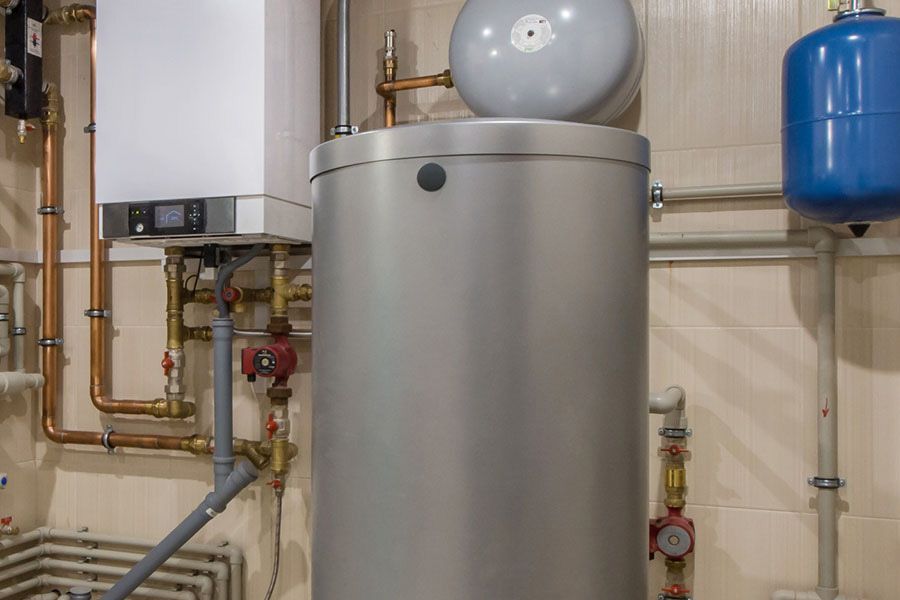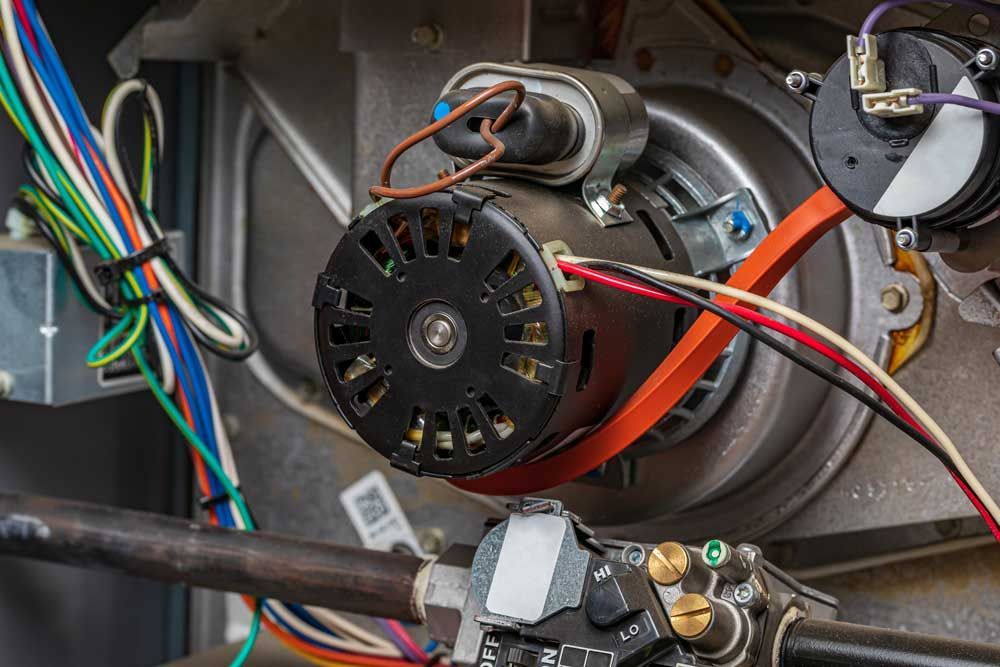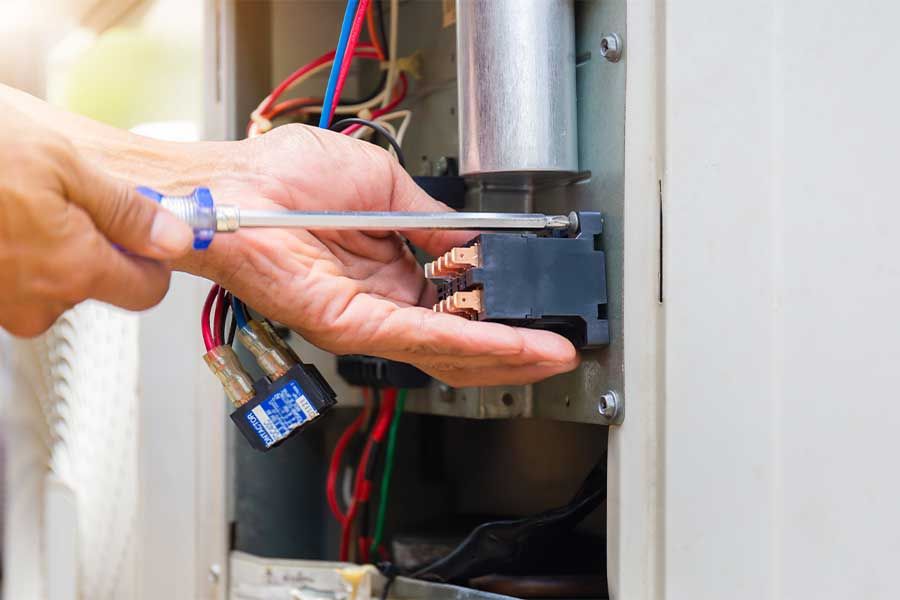Can You Convert a Light Switch to an Outlet?
Have you determined that one of your light switches would serve you better as an outlet? This convenient transformation might open new doors for your room layout. But can you convert a light switch to an outlet? Our house electrical inspection experts at Professional Services provide detailed answers below.
Why Convert a Switch to an Outlet?
Most indoor electrical designs place switches and outlets at different levels. The result provides conventional convenience for most homeowners. However, some people struggle with the placement.
An electrician will typically install an electrical outlet closer to the floor. Homeowners place most electric appliances, like lamps, space heaters, and televisions, on the floor. Therefore, floor-level outlet placement offers more convenience.
However, families increasingly use mobile devices, like laptops, cell phones, tablets, and more. The users place these items on desks, counters, coffee tables, and in their beds. Floor-level outlets may restrict their ability to use their devices comfortably.
Converting a light switch to an outlet may offer a conducive solution. An eye-level outlet allows people using devices with limited cord lengths to sit comfortably. So, how can you convert a light switch to an outlet?
Can You Convert a Light Switch to an Outlet?
While you can convert your light switch to a new outlet, you should use caution and consult with a professional before embarking on this project. Your home’s electrical network is a complex system that harbors many hidden dangers. Those dangers don’t discriminate about who and what they affect.
Plus, you can easily confuse the wires connecting your switch to the rest of the electrical infrastructure, leading to lost time, energy, and money. Learn why you should avoid DIY solutions before performing the task yourself.
Avoid the DIY Route
DIY approaches are safe for many projects, including landscaping, interior design, and other home improvement tasks. However, most tasks involving your electrical, HVAC, or plumbing systems can lead to immediate or future issues. These issues may cause significant personal injury or home damage.
Unstable and Unreliable Connections
A professional can determine whether a wire needs replacement or repair, often just by looking at it. When they can’t tell on sight, they’ll use the recommended equipment to find out. The average homeowner might continue the conversion without the proper skill or equipment.
This wastes time, energy, and money spent on tools and equipment, especially with outlet and switch combinations. The switch or outlet may only work a fraction of the time. It won’t reliably use or supply electricity.
Dangerous Shock Hazards
When embarking on DIY electrical projects, shock hazards are of primary concern. For example, the wires use a color code to communicate their purpose. If you accidentally reverse one or two of the wires or connect them improperly, you could get shocked by the electrical current.
Shocks can injure or even kill the person on the receiving end.
Fire Hazards
Unskilled persons could damage the delicate wire infrastructure. Damaged rubber coatings and frayed ends may conduct heat. The heat could eventually cause a spark, kickstarting a devastating and destructive house fire.
How Electricians Convert Light Switches to Outlets
Although DIY conversions are dangerous and not recommended, experienced electricians can safely handle the task. They use the following strict protocol to protect themselves, your home, and your family:
1. Identifying the best approach: Sometimes, what a homeowner wants doesn’t align with the most effective approach. While your electrician will consider your desires, they’ll ultimately communicate whether a switch-outlet combo works better than a single outlet.
2. Cutting power from the live wires: Red and black wires are live wires. They supply power to the switch. The electrician cuts them to ensure safety while they work.
3. Removing neutral and ground wires: Next, they’ll remove and reroute the ground and neutral wires. A ground wire features a green rubber coating. The white wire represents a neutral source.
4. Connecting the wires to the appropriate terminals: Then, they’ll feed each wire into the appropriate terminal on the new outlet.
5. Reconnecting the live wires: Finally, they reconnect the live wires to the power source. They’ll double-check their work to ensure safe connections before testing the new outlet.
Choose Professional Services for Safe, Reliable Conversions
Can you convert a light switch to an outlet? With services from our reliable electricians, you absolutely can! Contact Professional Services’ skilled team to book a conversion service.
Professional Services’ electricians can quickly and safely upgrade electrical wiring in an old house. Get a free quote on our services today.
You might also like












